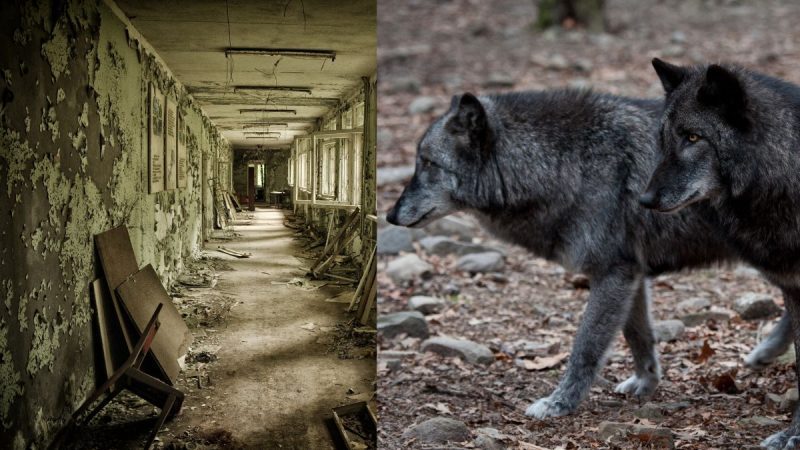Chernobyl, once synonymous with disaster, has evolved into an unexpected haven for wildlife. The Chernobyl Nuclear Power Plant disaster of 1986 left an indelible mark on the landscape. The disaster spewed radioactive contamination into the atmosphere and forced the evacuation of thousands of people from surrounding areas. Nevertheless, it has been noted that wildlife, particularly wolves, have managed to not only survive but flourish in this habitat.
Wolves Of Chernobyl
Reading about how wolves in Chernobyl have evolved to become cancer resistant is one of the most hopeful things I’ve read recently. Cool thread! https://t.co/r24AQYZHXO
— ari ✨ (@AriWRees) April 21, 2024
In the absence of human activity, nature started to reclaim the abandoned spaces. Contrary to initial predictions of a barren wasteland, Chernobyl became a living laboratory for researchers, offering a unique opportunity to study the long-term effects of radiation on ecosystems.
It has been observed that wildlife, particularly wolves, have managed to not only survive but thrive in this environment after all these years, despite the numerous threats. This suggests that they have made unanticipated adaptations to the radiation. According to reports, wolves in the Chernobyl Exclusion Zone (CEZ) have developed anti-cancer genes, which could lead to significant advancements in medical research and provide important insights into genetic resilience to radiation. Wildlife has survived in this environment despite all the difficulties, especially wolves, which further highlights their amazing radiation adaptations.
Three decades after the disaster, the exclusion zone surrounding Chernobyl remains largely untouched by human hands. Even after many years, it is still dangerous for people to live in the area, yet animals have managed to establish themselves in this unfriendly landscape.
Also Read: What Is A Carbon Passport And How Can It Change Travel Experiences In The Future?
Chernobyl Exclusion Zone, A Sanctuary For Wildlife
It’s interesting to observe that the Chernobyl Exclusion Zone (CEZ) has unintentionally turned into a haven for a variety of animals when people have left. The CEZ is home to a startling variety of animals, including uncommon horse breeds, birds, mammals, insects, and more. The Przewalski’s horse is one of the nearly extinct species that attempts to reintroduce have shown to be resilient in the face of adversity.
According to studies, animal populations around Chernobyl have survived and even grown in radiation environments six times higher than what humans can handle. Tracking efforts have revealed amazing adaptations, including immune system abnormalities, with a special focus on the grey wolf population. The additional genetic examination has revealed cancer-related gene changes in the wolf population around Chernobyl, which may be evolutionary reactions to the radioactive surroundings.
Healthy populations of many species, such as wolves, present a rare chance for ecological research and scientific investigation.
Cover image credits: Canva






